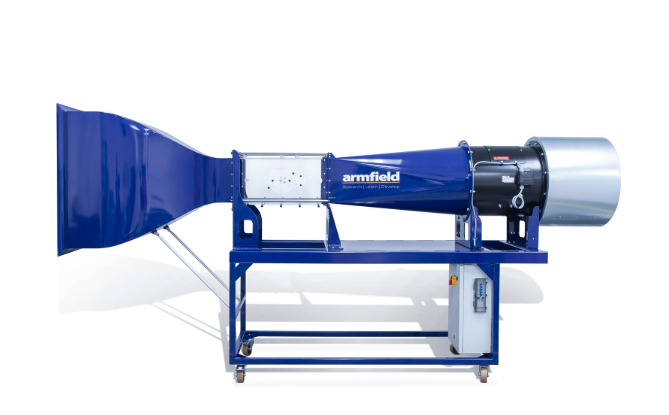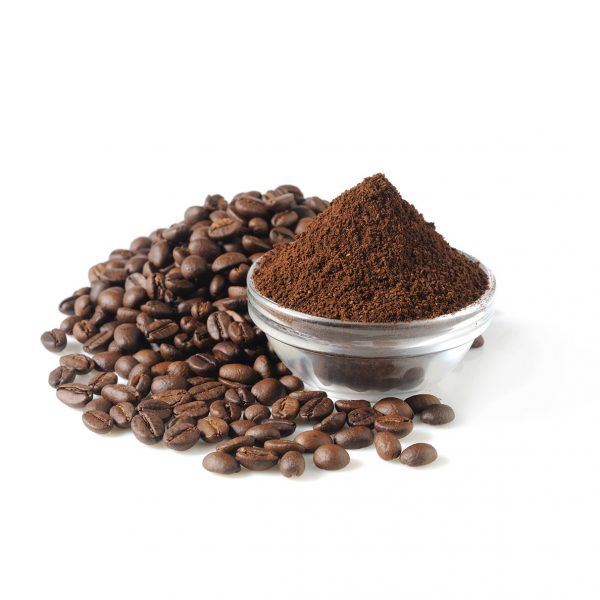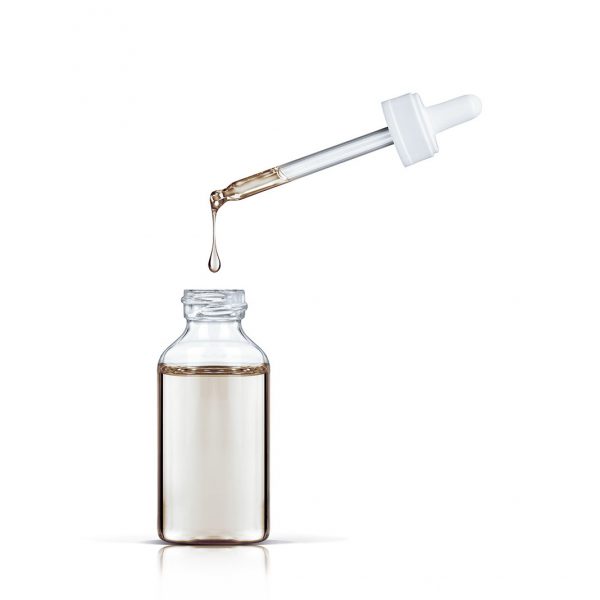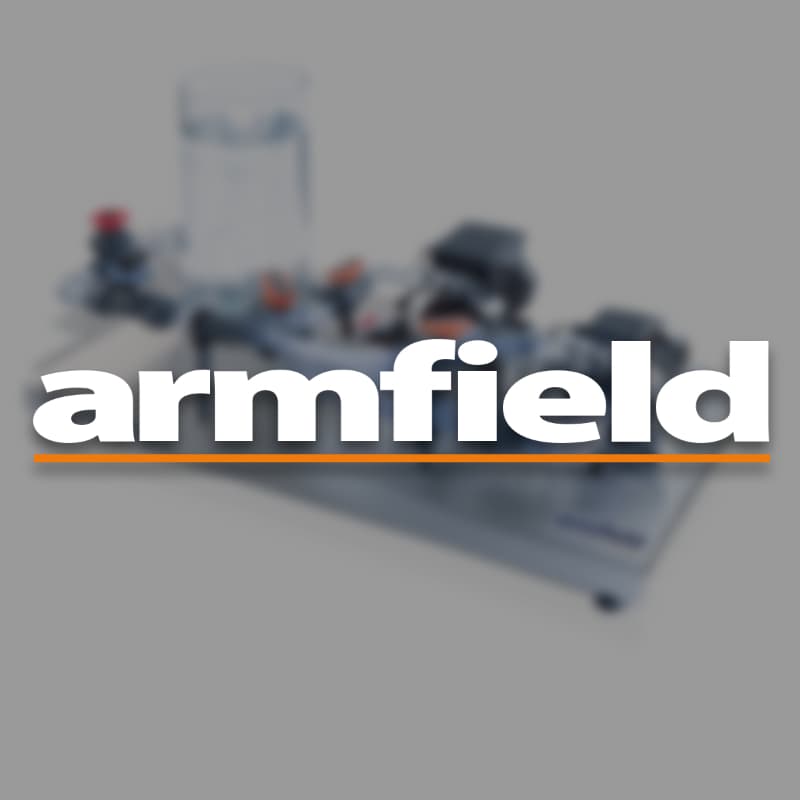The Science of Subsonic Wind Tunnels

Subsonic wind tunnels serve as indispensable tools in engineering, civil engineering and experimental aerodynamics. A subsonic wind tunnel is a specialised facility designed to study air flow and aerodynamic behaviour at speeds below Mach 1. Whether within a closed-loop subsonic wind tunnel or a simpler open-circuit configuration, the primary purpose remains constant: to replicate real-world flow conditions and provide accurate experimental data for airfoils, pressure distribution analysis and boundary layer development. At Armfield, we offer a comprehensive range of wind tunnels for education, ensuring that students and researchers benefit from the highest standards of wind tunnel structure and wind tunnel design.

History and Development of Subsonic Wind Tunnels
The origins of wind tunnel structure date back to the late 19th century when pioneers of fluid mechanics sought to understand drag forces and lift generation. Early wind tunnels were rudimentary, often featuring open-jet designs with basic test chambers. Over decades, advancements in fan technology, contraction cone geometry and turning vanes have allowed precision control of air velocity and air density, enabling the study of turbulent boundary layers and laminar flows alike. Today’s open-circuit subsonic wind tunnels, such as the Armfield C15 Computer Controlled Subsonic Wind Tunnel, benefit from refined contraction sections, optimised contraction ratios and sophisticated instrumentation, such as Pitot-static tubes, Bernoulli Apparatus and Pressure Cylinder sensors, to capture static pressure and dynamic pressure with minimal frictional losses.
Types of Subsonic Wind Tunnels
Subsonic tunnels fall broadly into two categories:
Open-Circuit Wind Tunnels
In an open-circuit subsonic wind tunnel, such as the Armfield C30 Computer Controlled Wind Tunnel, ambient air is drawn in through a contraction section, accelerated past the test section, and then expelled back into the atmosphere. Although simpler to construct, open-jet systems can suffer from variable atmospheric pressure and flow field disturbances.
Closed-Loop Wind Tunnels
Closed-loop tunnels like the Armfield C30 Computer Controlled Wind Tunnel recirculate air, offering steadier flow conditions, better control over air velocity and reduced energy consumption. Closed-loop subsonic wind tunnels also allow for precise control of test conditions, as the entire wind tunnel volume is contained and conditioned, minimising disturbances from external atmospheric pressure changes.
Components of a Subsonic Wind Tunnel
A typical subsonic tunnel comprises several key elements:
Contraction Section and Contraction Cone
The contraction ratio between the inlet and the test section ensures uniform flow and accelerates the air to the desired speed without inducing flow separation.
Turning Vanes and Vanes
Strategically placed within bends, turning vanes guide the flow smoothly, reducing energy losses and mitigating flow separation.
Fan and Base Unit
A variable-speed fan, often mounted at the end of the circuit, regulates mass flow and achieves the target flow velocity. The base unit may also house sound attenuation panels.
Test Section or Working Section
This is the heart of the tunnel, where models—ranging from aerofoil sections to Pressure Wing models—are mounted. Test section size varies with application, but it must accommodate instrumentation such as Pitot-static tubes for flow measurement and probes for pressure distribution.
Instrumentation and Data Acquisition
Devices like Bernoulli Apparatus, pressure transducers and anemometers capture data on air velocity, static pressure, dynamic pressure and fluid dynamics parameters. High-resolution sensors ensure accurate experimental data for validation of computational simulations.
Diffuser and Settling Chamber
Downstream of the test section, the diffuser slows the air, reducing energy losses. A settling chamber upstream often contains honeycomb structures and screens to straighten flow and reduce turbulence intensity, facilitating boundary layer development studies.
Applications across Industries
Subsonic wind tunnels have broad applications spanning aerospace, automotive, civil engineering and academic research.
Aerospace
Enable detailed analysis of airfoils, wing profiles and fuselage shapes under low-speed conditions, informing design decisions on lift, drag forces and stability.
Automotive
Used to refine vehicle aerodynamics, optimise drag reduction and improve fuel efficiency.
Education and Civil Engineering
Students explore fluid dynamics by visualising flow fields. Civil engineers test wind loads on structures and simulate wind-induced vibrations.
Benefits of Testing in a Subsonic Wind Tunnel
Testing within a subsonic wind tunnel is cost-effective compared to full-scale flight testing. Controlled environments allow simulation of real-world scenarios—adjusting flow velocity, air density and flow conditions to match target Reynolds numbers.
- Reduces atmospheric interference and friction losses
- Validates CFD simulations
- Supports accurate measurements of drag forces, pressure distribution and flow behaviour
Designing and Building a Subsonic Wind Tunnel
Key design considerations include:
Test Section Size and Shape
Must suit intended models, ranging from compact educational units to large research-grade facilities.
Contraction Ratio and Contraction Exit Geometry
A typical contraction ratio, such as 6:1 or 10:1, ensures uniform approach velocity.
Fan Selection and Airflow Control
Powerful, adjustable fans with vanes manage turbulence and ensure steady-state operation.
Instrumentation Placement
Pitot-static tubes and Pressure Cylinder devices should be positioned for optimal data collection.
Structural Considerations
Rugged construction with proper support and sealing ensures stability and accurate results.
Armfield’s C15 and C30 tunnels embody these principles through modular designs, integrated instrumentation and high-quality construction.
Conducting Experiments in a Subsonic Wind Tunnel
Control Flow Conditions
Adjust fan speed and monitor flow parameters to maintain subsonic operation.
Set Up Test Models
Securely mount models, align with airflow and apply turbulence aids as needed.
Measure Key Parameters
Use Pitot-static tubes, pressure taps and digital systems to gather data.
Analyse Experimental Data
Compare results with fluid dynamics theories and identify key flow characteristics.
Document Results
Summarise findings, visualise flow patterns and record all relevant data.
Implementing BM25 Key Components in Documentation
Enhance SEO and technical discoverability by:
- Using high TF for core keywords like “subsonic wind tunnel” and “boundary layer development”
- Emphasising IDF-driven specialised terms such as “Pitot-static tube” and “contraction ratio”
Armfield resources are optimised with BM25 principles to support academic and research queries effectively.
Importance and Future of Subsonic Wind Tunnels
Subsonic wind tunnels remain vital for:
- Validating aerodynamic theories
- Educating future engineers
- Improving model accuracy and flow prediction
Armfield leads innovation by offering digital-ready, modular, and highly instrumented wind tunnels that align with EEAT and Google’s helpful content guidelines.
Frequently Asked Questions
Q1: What are the key considerations in wind tunnel design for studying subsonic air flow?
Key considerations include test section size, contraction ratio, fan capability, and optimal sensor placement.
Q2: How does a closed-loop subsonic wind tunnel differ from an open-loop system?
Closed-loop systems recirculate air for greater control, while open-loop systems expel air back into the environment, making them less stable.
Q3: Can turbulent boundary layers be accurately simulated in a subsonic wind tunnel?
Yes, using trip wires or roughness elements, plus flow visualisation and pressure measurement techniques.
Q4: How is flow velocity controlled and measured in a subsonic wind tunnel?
Using variable-speed fans and Pitot-static tubes, velocity is calculated using Bernoulli’s principle.
Q5: What role does static pressure play in understanding fluid dynamics within a subsonic wind tunnel?
It helps calculate lift and drag, and reveals energy distribution within the flow field.
Contact Us
For more information on Armfield’s subsonic wind tunnels for education, feel free to visit our Contact Page and speak with our expert team about bespoke solutions tailored to your curriculum and research needs.

Armfield can trace its history back over 130 years, throughout which, the Company’s policy of quality, innovation and service has helped it to maintain a strong market position and develop a reputation for industry leadership in the field of Engineering teaching.
Education Division
Operating since 1963, the Armfield Education Division designs and manufactures equipment for engineering education and research.
Industrial Division
The Armfield Industrial Division designs and manufactures research & development systems, primarily for the food, beverage, dairy, edible oil and pharmaceutical industries.




































